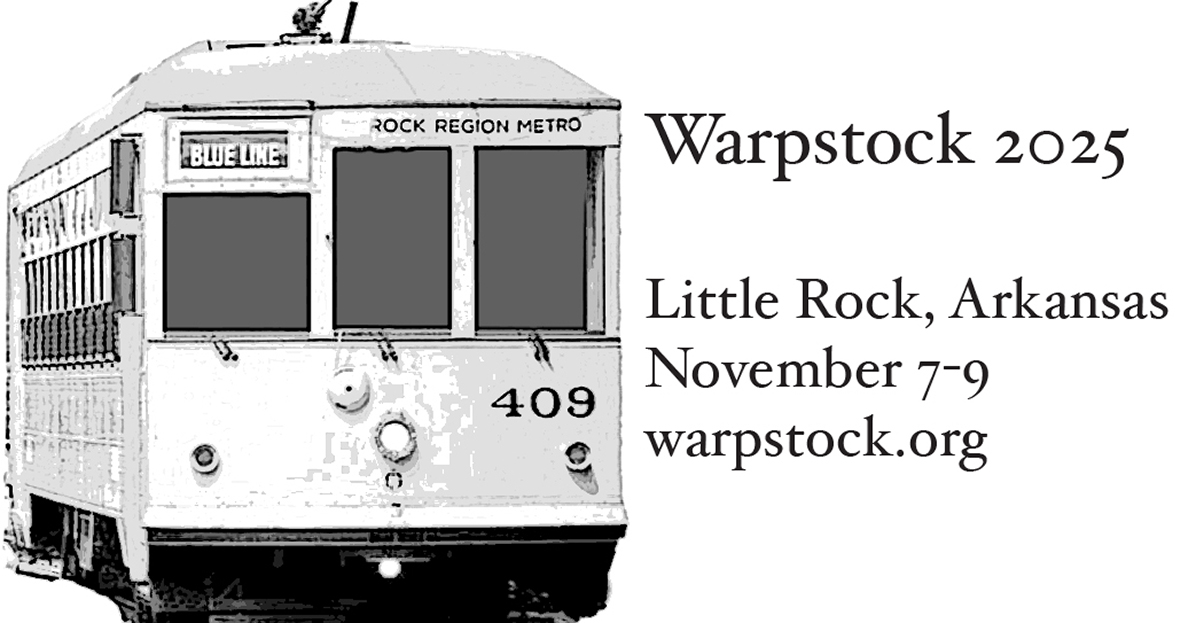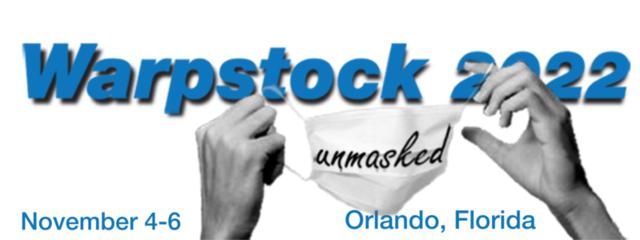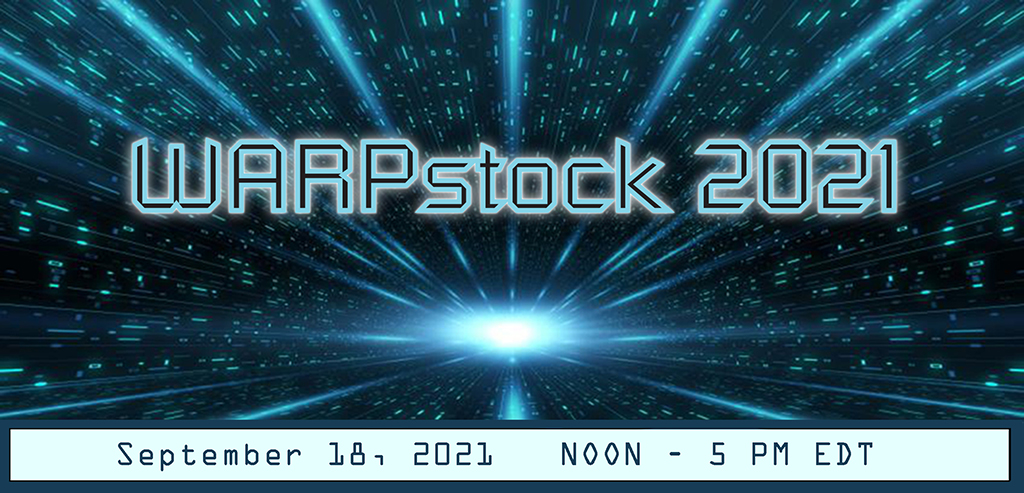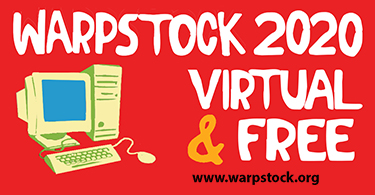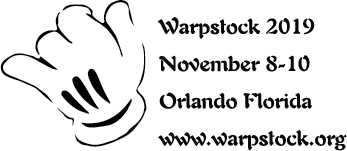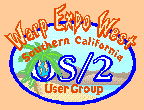SCOUG-Programming Mailing List Archives
Return to [ 15 |
February |
2005 ]
<< Previous Message <<
>> Next Message >>
Content Type: text/plain
Lynn H. Maxson wrote:
>
> In neither case can you go to the bank and
> write a check for the exact amount. You can't get it through
> a cash register. Use it to pay for your insurance. Or make
> sense of your medical bills.
Okay, that helps explain things somewhat. SL/I is only for business
applications.
I was kind of hoping for something with a broader scope.
> a replacement for FORTRAN IV to be known as FORTRAN VI. It
> was there the decision was made to allow the programmer to
> specify the precision instead of the implementation. This
> resulted in both source and data portability instead of only
> source.
Ooh, sounds like COBOL. Or hardware BCD instructions. Or wordmarks in
a 1401, which was back in 1957 and predates your example by several
years.
(Lurkers: The IBM 1401 computer allowed decimal values to be as large
as the available memory in the machine; you defined the desired
precision with something called a wordmark.)
> You may see 14/3 as a rational number. Unfortunately it is
> data (14, 3) separated by a division operator (/). As such it is
> an expression whose evaluation produces a value in some
> base-N system. That value, as you have shown, depends on
> which base-N system you use. However, in that base-N
> system the 14/3 in decimal is not the same 14/3 in base-N. In
> fact in a base-3 sytem it doesn't exist at all: it's inexpressible.
> It doesn't come into existence until you get to a base-5. (0, 1,
> 2, 3, 4).
I am utterly flabbergasted at your lack of mathematical skills. If the
grocer hands me a single apple four times, and then takes a fifth apple
and cuts a third of it away and hands me the remaining part, I have 14/3
apples. Unless the grocer is you, of course. Then the grocer hands me
no apples and instead talks about broccolli and his future fleet of
delivery trucks.
(Lurkers: Even base-3 users can buy apples, no matter what Lynn wants
you to think.)
> Now APL offers two operators . . .
You told me several messages ago you would supply examples. Where are
the examples, Lynn?
> So to say that in this base-N system a given ratio has a
Or are you changing the subject because you're starting to doubt that
your examples will work?
> At its core the question becomes who is king
You offer the king who promises a pig in a poke. I'd prefer the king
who offers a meal on the table.
(Lurkers: A "pig in a poke" was a medieval scam of selling a piglet in
a tied sack which the buyer later found had been switched for a cat.)
> Greg, you did a great expose on rational numbers. Why don't
> you offer the same for transcendental in different base-N
> systems? I look forward to it.
Here is the Lynn Shell Game. When someone says "it's under the compiler
shell" Lynn lifts that shell to show nothing, and says you should have
guessed the specification language shell. If someone guesses the
"specification language shell" Lynn lifts that shell showing nothing
again, and says you should have guessed the proof shell. And if someone
guesses the "proof shell" Lynn shows that one to be empty too, and
suggests yet another tangent so you'll never find the pea.
My guess is that Lynn, just like the marks he has attracted, doesn't
know where the pea is. He doesn't have it. It doesn't exist.
- Peter
=====================================================
To unsubscribe from this list, send an email message
to "steward@scoug.com". In the body of the message,
put the command "unsubscribe scoug-programming".
For problems, contact the list owner at
"postmaster@scoug.com".
=====================================================
<< Previous Message <<
>> Next Message >>
Return to [ 15 |
February |
2005 ]
The Southern California OS/2 User Group
P.O. Box 26904
Santa Ana, CA 92799-6904, USA
Copyright 2001 the Southern California OS/2 User Group. ALL RIGHTS
RESERVED.
SCOUG, Warp Expo West, and Warpfest are trademarks of the Southern California OS/2 User Group.
OS/2, Workplace Shell, and IBM are registered trademarks of International
Business Machines Corporation.
All other trademarks remain the property of their respective owners.
| 
